The early years of the Indianapolis 500
The Indianapolis 500 was first held on May 30, 1911, at the Indianapolis Motor Speedway. The race was organized by Carl Fisher, who saw the potential of automobile racing as a way to promote the development of the automobile industry. The first race was won by Ray Harroun, who drove a Marmon Wasp. The race was a test of endurance for both drivers and their cars, as the track was made of bricks and the surface was rough and bumpy. Drivers had to change tires frequently, and accidents were common.
Despite the challenges, the Indianapolis 500 quickly became a popular event, attracting thousands of spectators each year. The race was suspended during World War I, but it resumed in 1919 and continued to grow in popularity. The 1920s were a decade of innovation and change for the Indianapolis 500, with improvements to the track, the cars, and the rules that made the race faster and more exciting.
Innovations that shaped the Indianapolis 500
The Indianapolis 500 has always been a race that values innovation and progress. Over the years, a number of innovations have shaped the race and helped it to become the world-class event it is today. One of the most significant innovations was the introduction of the rearview mirror, which was first used by Ray Harroun in the 1911 race. This simple device allowed drivers to see what was behind them without having to turn their heads, and it quickly became a standard feature in all cars.
Another significant innovation was the use of the pace car, which was first introduced in 1911. The pace car was used to lead the field of cars around the track during caution periods, and it helped to improve safety by keeping the cars under control. Today, the pace car is one of the most iconic symbols of the Indianapolis 500, and it is driven by a celebrity or VIP before the start of the race.
The impact of technology on the Indianapolis 500
Technology has played a significant role in the evolution of the Indianapolis 500. Over the years, advancements in engineering, materials, and design have allowed cars to go faster and become more reliable. In the 1930s, the introduction of supercharged engines helped to push speeds to new heights, and by the 1950s, cars were reaching speeds of over 150 mph.
The 1960s saw the introduction of aerodynamic design, which allowed cars to cut through the air more efficiently and reach even higher speeds. The 1970s saw the introduction of turbocharging, which further improved performance and allowed cars to reach speeds of over 200 mph. In recent years, the introduction of hybrid technology has helped to make the cars more fuel-efficient and environmentally friendly, while still maintaining their high performance.
Famous drivers and iconic moments in Indianapolis 500 history
The Indianapolis 500 has a long and storied history, and it has been the site of many famous drivers and iconic moments. One of the most famous drivers in Indianapolis 500 history is A.J. Foyt, who won the race four times between 1961 and 1977. Other famous drivers include Mario Andretti, who won the race in 1969, and Al Unser Sr., who won the race four times between 1970 and 1987.
The race has also been the site of many iconic moments, such as the 1957 race, which saw Sam Hanks win in the first car to have a one-piece body, and the 1967 race, which saw Parnelli Jones win in a car with an innovative turbine engine. Perhaps the most famous moment in Indianapolis 500 history is the 1982 race, which saw Gordon Johncock and Rick Mears battle for the lead in a dramatic finish that was decided by just 0.16 seconds.
The Indianapolis 500 today - modern advancements and changes
The Indianapolis 500 has continued to evolve in recent years, with a number of modern advancements and changes. The race has become more high-tech, with teams using sophisticated data analysis and simulation tools to optimize their cars and strategies. The track has also undergone significant improvements, with new safety barriers, LED lighting, and other enhancements designed to improve the experience for drivers and fans alike.
One of the most significant changes in recent years has been the introduction of the IndyCar Aeroscreen, a protective shield that is designed to protect drivers from debris and other hazards. The Aeroscreen was first introduced in 2020 and has been widely praised for its effectiveness and impact on driver safety.
The future of the Indianapolis 500 and motorsports
The Indianapolis 500 has a bright future ahead of it, with new innovations and technologies set to make the race even more exciting and engaging for fans. The race is likely to continue to evolve and adapt to changing trends and technologies, with new innovations and advancements that will help to keep the race at the forefront of motorsport.
Another area of growth for the Indianapolis 500 is in the area of esports and virtual racing. With the rise of online gaming and streaming platforms, virtual racing has become a popular and accessible way for fans to experience the thrill of motorsport from the comfort of their own homes. The Indianapolis 500 has embraced this trend, with the creation of the IndyCar iRacing Challenge, a virtual racing series that allows fans to compete against each other in simulated versions of the race.
Behind the scenes: the people who make the Indianapolis 500 happen
The Indianapolis 500 is a massive undertaking that requires the collaboration and hard work of thousands of people. From the drivers and teams to the track officials and support staff, the race is a complex and demanding event that requires a high degree of skill, dedication, and organization.
One of the most important groups of people behind the scenes at the Indianapolis 500 are the track officials, who are responsible for ensuring the safety and integrity of the race. These officials include the race director, the chief steward, and other officials who oversee different aspects of the race, such as pit road and timing and scoring. Without these dedicated professionals, the race simply would not be possible.
The Indianapolis 500 experience - attending the race in person
Attending the Indianapolis 500 is an experience like no other. The race attracts fans from around the world, who come to see the best drivers and teams compete on one of the most iconic tracks in motorsport. The atmosphere at the race is electric, with tens of thousands of fans cheering on their favorite drivers and enjoying the spectacle of the race.
In addition to the race itself, there are a number of other events and activities that take place during the Indianapolis 500 weekend. These include concerts, autograph sessions, and other entertainment options that are designed to appeal to fans of all ages and interests. Whether you're a die-hard racing fan or just looking for a fun and exciting weekend getaway, the Indianapolis 500 is an event that should not be missed.
Conclusion - the enduring legacy of the Indianapolis 500
The Indianapolis 500 is an event that has stood the test of time, and its enduring legacy is a testament to the power of innovation, progress, and perseverance. From its humble beginnings on a rough and bumpy dirt track to its status as one of the most prestigious and exciting events in motorsport, the Indianapolis 500 has a rich and fascinating history that continues to captivate fans around the world.
As the race continues to evolve and adapt to changing trends and technologies, it is clear that the future of the Indianapolis 500 is bright. With new innovations and advancements on the horizon, the race is poised to remain at the forefront of motorsport and continue to inspire and excite fans for generations to come. So whether you're a seasoned racing fan or a newcomer to the sport, be sure to tune in and experience the thrill and excitement of the Indianapolis 500.
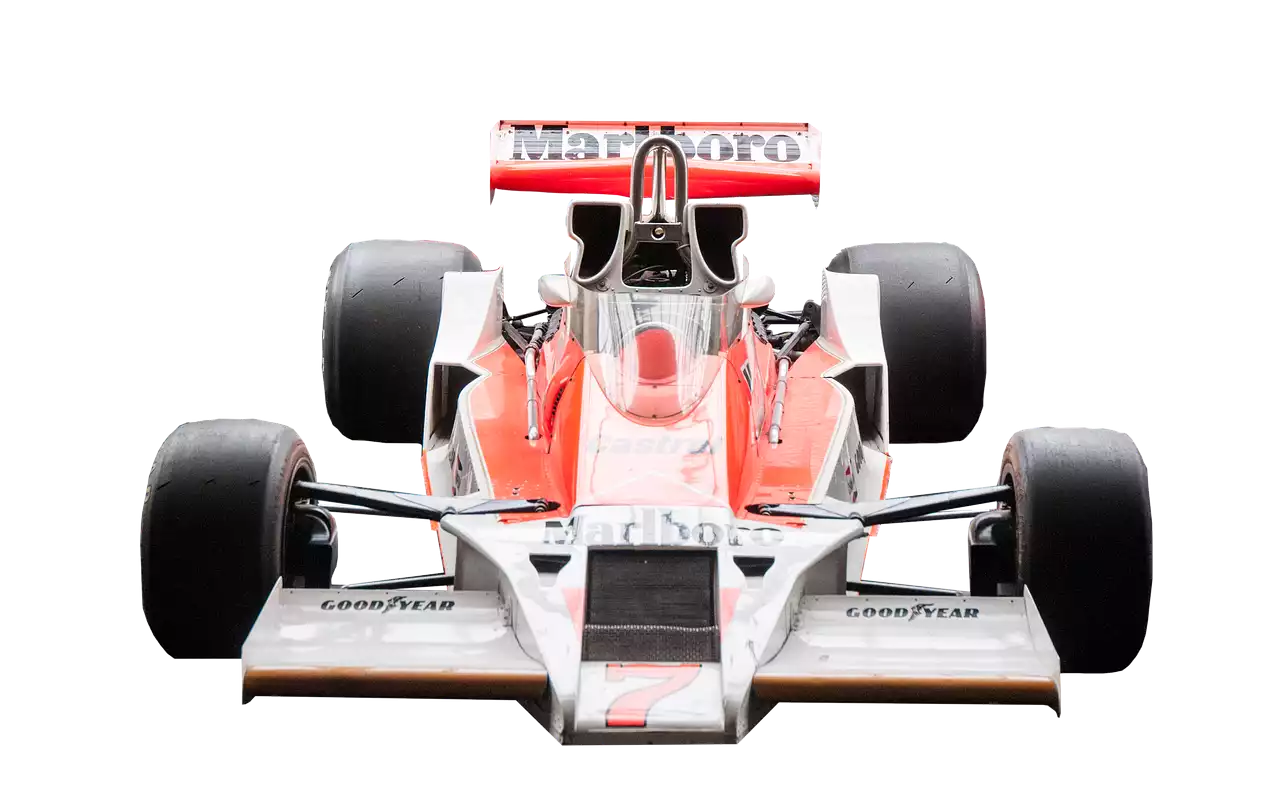
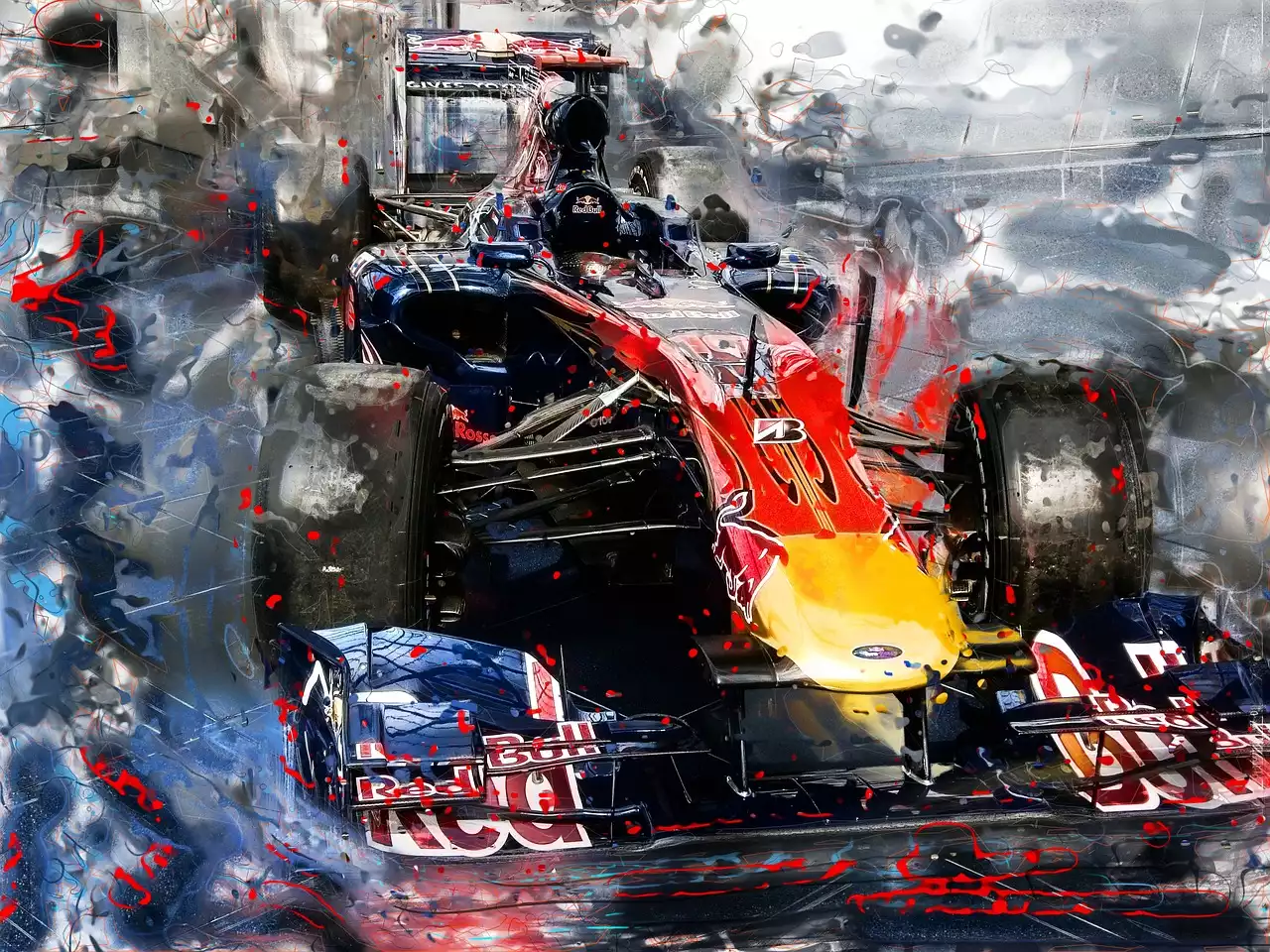
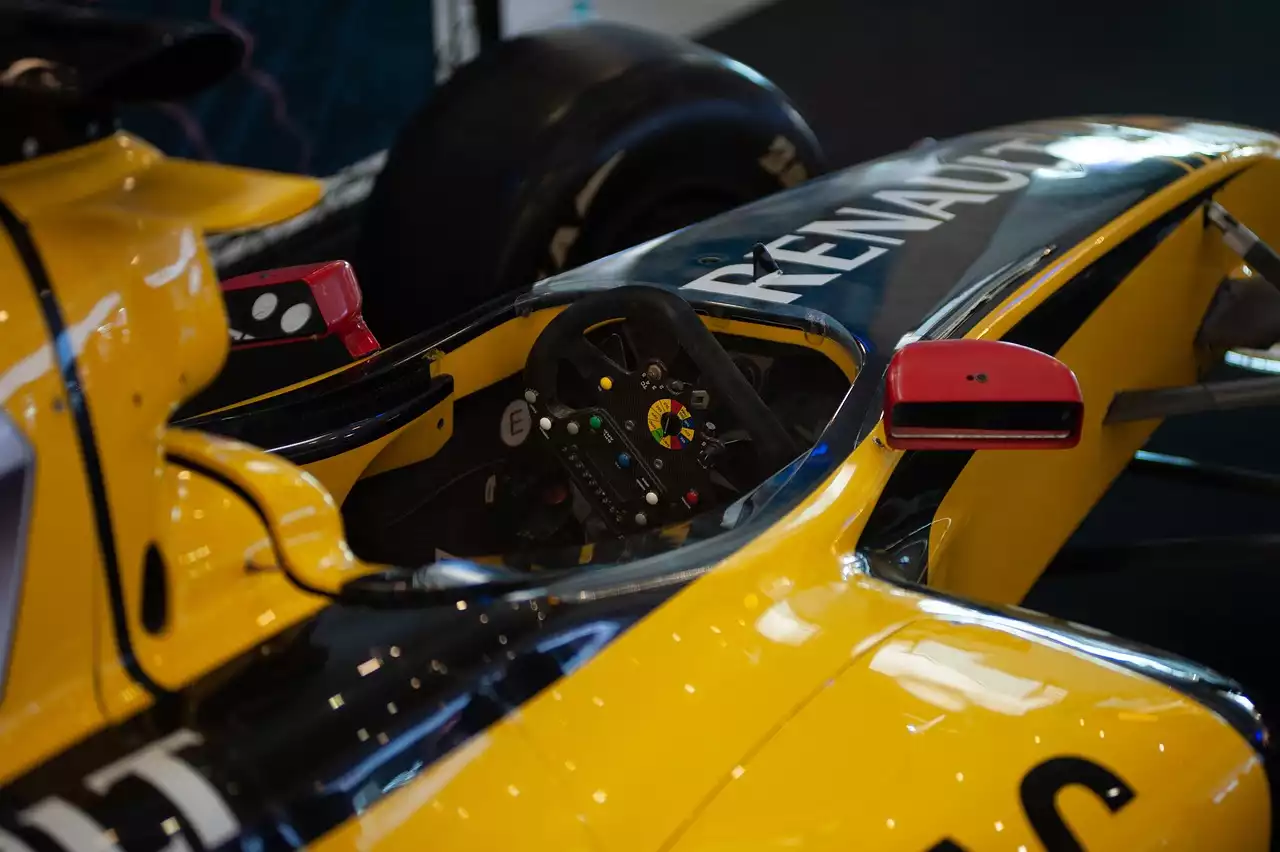
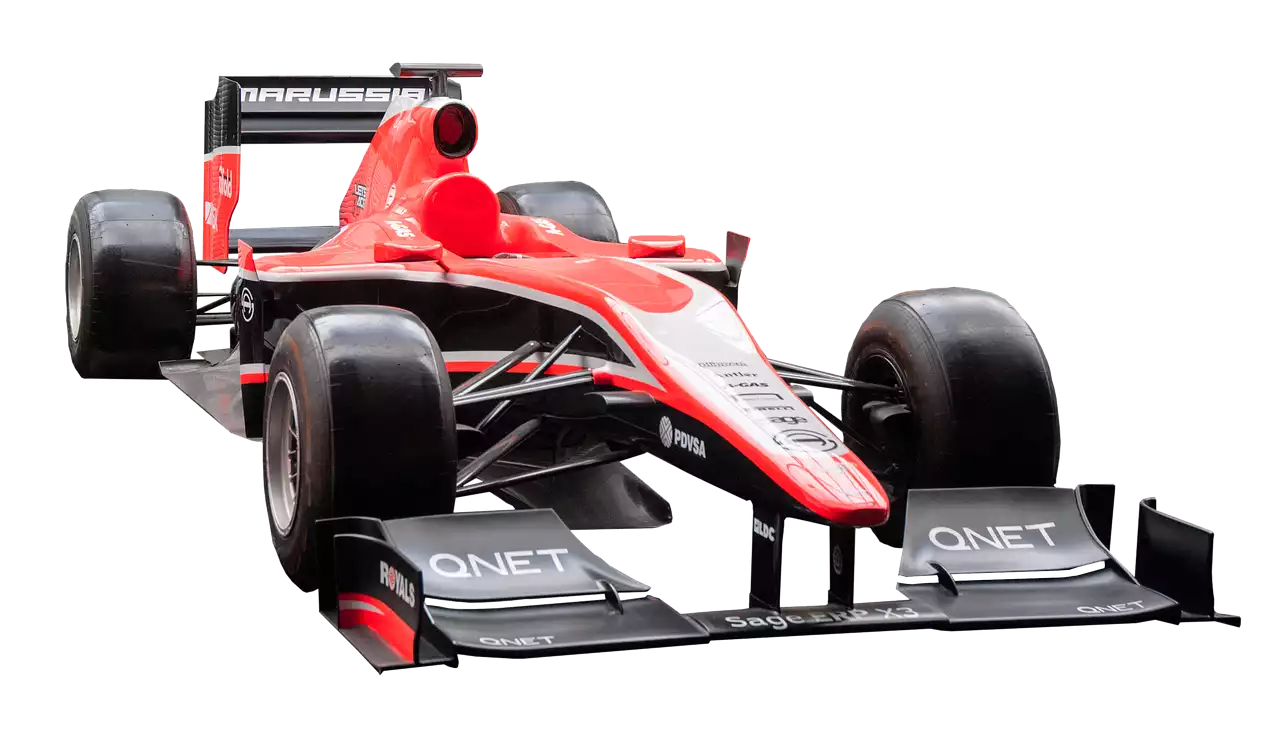
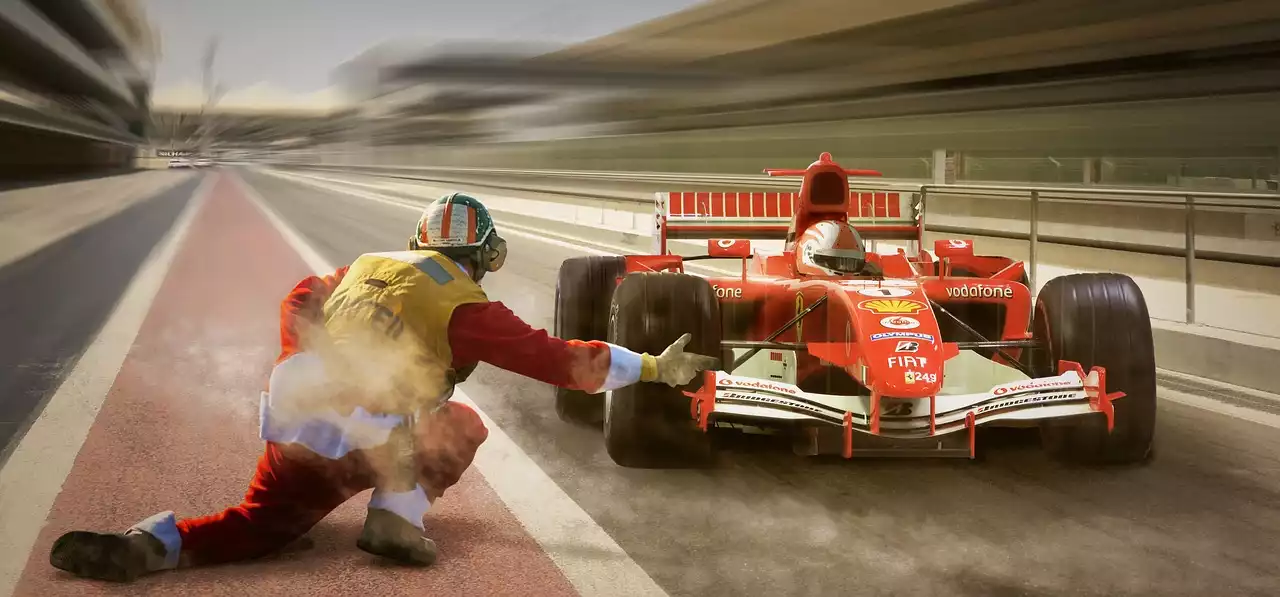





.png?size=50)